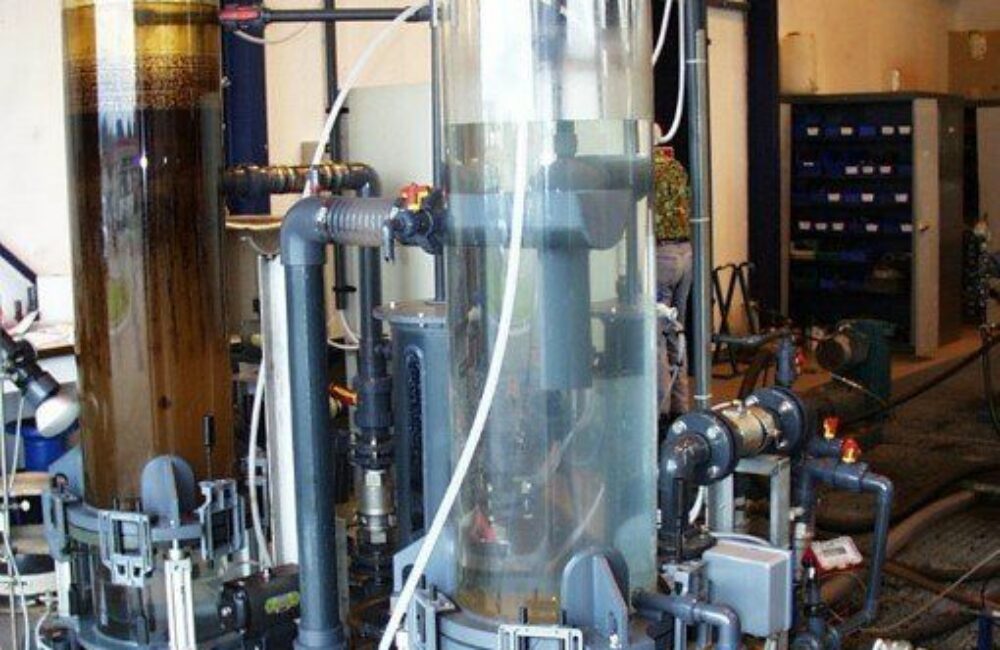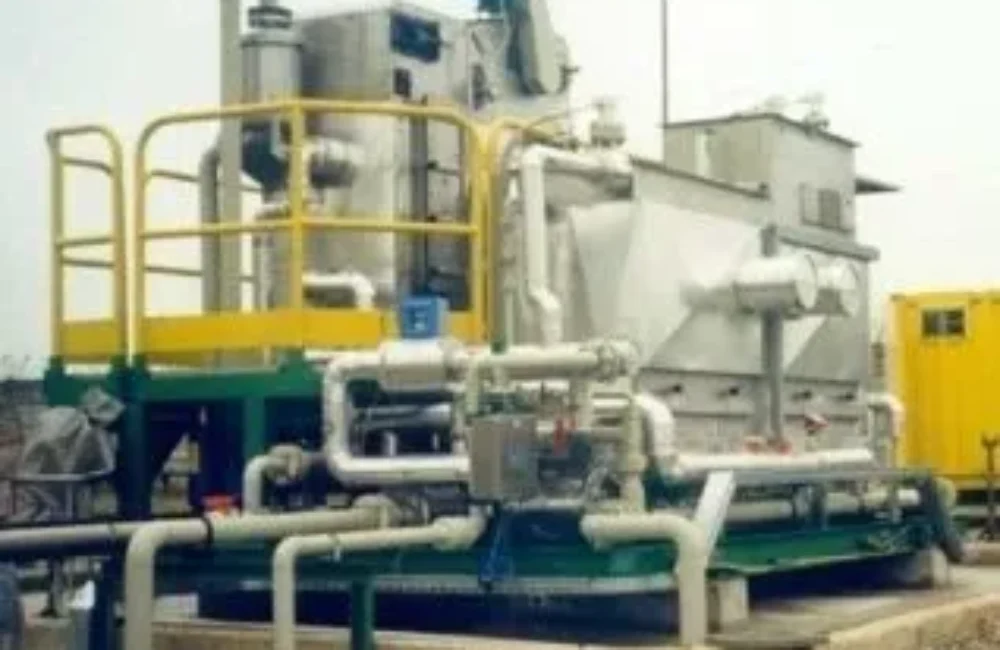
IL RISPARMIO ENERGETICO CONTRIBUISCE AL RISPARMIO ECONOMICO
L’energia e l’ambiente sono gli elementi fondamentali che ci garantiscono la vita sul pianeta e dovrebbero essere salvaguardati per consentirci di vivere meglio. Con alle spalle un’esperienza di oltre 40 anni nel settore, Technofluids s.r.l. è stata fondata nel 2005 ed è cresciuta come holding tecnologica internazionale in cui si concentra la ricerca e lo sviluppo di soluzioni energetiche e ambientali.
Forniamo ai nostri clienti diverse soluzioni energetiche e ambientali avanzate: dalla tecnologia di separazione per liquidi non miscibili utilizzabile ad esempio per il trattamento e riutilizzo dei fluidi lubrorefrigeranti esausti o per il trattamento delle acque di produzione da shale gas, all’energia da fonti rinnovabili.
Una delle nostre tecnologie brevettate, Water Wall®, può essere utilizzata per una separazione completa di liquidi non miscibili, come la separazione di oli idrocarburi da reflui acquosi, con un’efficienza notevolmente più elevata rispetto ai tradizionali dispositivi di separazione.
Il TTVM/G è un motore termovolumetrico che impiega il calore disperso per produrre energia elettrica.
SPR (Solvated Particles Removal) è un processo per purificare i rifiuti liquidi polari contenenti dispersioni colloidali di particelle solvatate.
- AZIENDA La nostra ditta, fondata nel 2005, si concentra sulla ricerca e lo sviluppo di soluzioni energetiche e ambientali.
- SEPARAZIONE WATERWALL La tecnologia Water Wall® può essere impiegata per diversi scopi, come la produzione e la lavorazione del petrolio.
- APPLICAZIONI METODO WATERWALL Utilizziamo tecnologia brevettata Water Wall® per effettuare la separazione completa di liquidi non miscibili.
- ECONOMIA GREEN CIRCOLARE Le nostre tecnologie sono tutte volte alla produzione di energie da fonti rinnovabili, e si basano dunque sul principio della “green economy

ANALISI DETTAGLIATE
Eseguiamo approfondite verifiche ambientali e analizziamo i dati ottenuti con estrema meticolosità, con lo scopo di realizzare impianti sostenibili di alta qualità.

ANNI DI ESPERIENZA
La Technofluids Srl è stata fondata nel 2005, ma i suoi componenti vantano oltre 40 anni di esperienza nel settore delle soluzioni energetiche e ambientali.

RISPARMIO ENERGETICO
Tutte le soluzioni che proponiamo e le consulenze ecologiche che eroghiamo sono finalizzate al risparmio energetico, e dunque economico.

RIDUZIONE DELL'INQUINAMENTO
La mission della nostra ditta consiste nella tutela dell’ambiente, e quindi nella riduzione dell’inquinamento da idrocarburi.





